This post may contain affiliate links. For more info, please read our full disclosure here
The ketogenic diet is becoming more and more popular, all for very good reasons. It is a revolutionary low carb way of eating that promotes good weight loss, a healthy lifestyle among other things.
Many people have used the ketogenic diet to transform their lives and health, and for the better long term
But there are a lot of things that define keto. This complete guide to keto will help show you what the diet is, what it entails, and how to start the keto diet to ensure success.
Here is a quick layout of things to be covered here. If you’re looking for something specific, feel free to jump to any section below.
- Keto basics: What is the ketogenic diet?
- The mechanism of the ketogenic diet vs the high carb diet
- Health benefits of the ketogenic diet
- Macronutrients on the keto diet
- The different types of ketogenic diets
- What is ketosis
- How to get into ketosis
- How to measure your level of ketosis
- Food to eat and avoid on the ketogenic diet
- Are there side effects to keto?
- Recommended resources to help you succeed easily on keto
Keto Basics – What is the ketogenic diet?
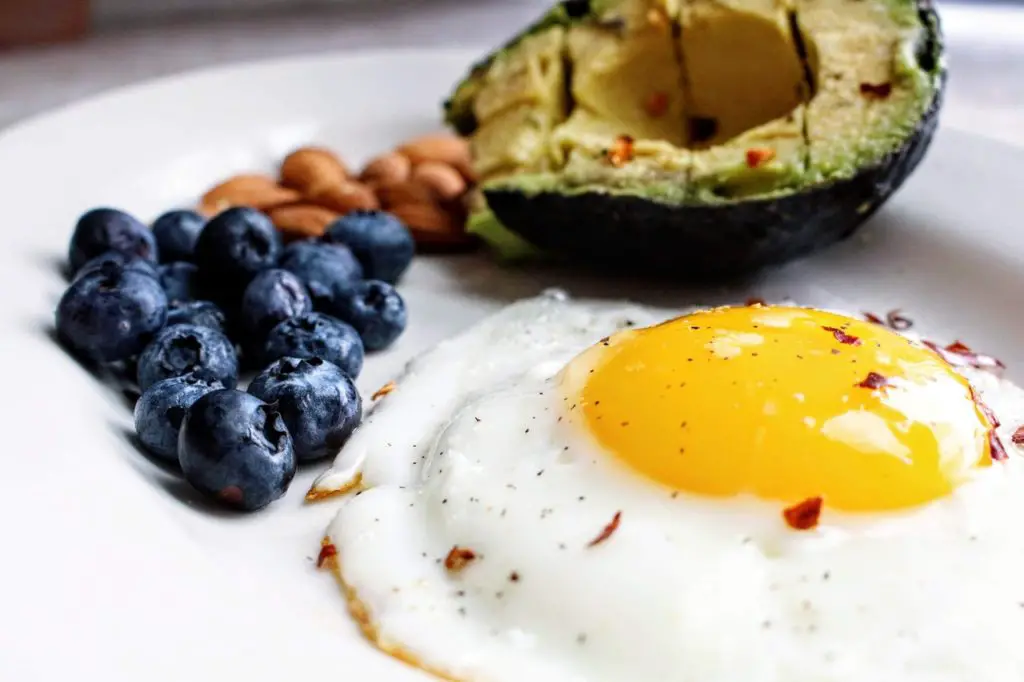
The ketogenic or keto diet, also known as the LCHF diet is a low carbohydrate diet, high fat and moderate protein way of eating. On the ketogenic diet, majority of your calories are gotten from fats.
Due to its high fat and low carbohydrate intake, your body enters into a metabolic state called ketosis. In this state, it produces certain molecules known as ketones which your body uses as its primary source of fuel.
Unlike normal low carb diets, the keto diet takes things a step further by allowing ketone production. This, of course comes with its added benefits.
These ketones have shown to be a much more efficient energy source than glucose which is the primary source of fuel on a regular high carb diet.
Now, let us fully understand the mechanism of a high carb diet (also known as the standard American diet) and the ketogenic diet.
The mechanism of the keto diet vs the high carb diet
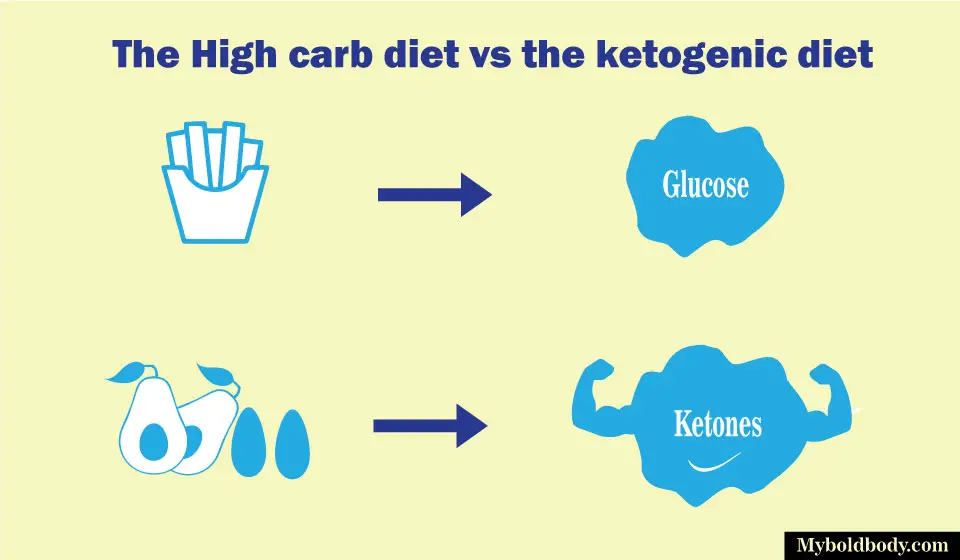
A High Carb Diet
The regular way of eating most people follow in their everyday lives can be referred to as the standard American diet or a high carb diet.
Since it’s high in carbohydrates, majority of your body’s energy needs are met by them. When carbohydrates are digested, they are converted into glucose and insulin is released.
The glucose enters the blood stream and is carried to different cells. Insulin signals the cells to either use the glucose for energy or store it as fat.
For years, people thought you could only get fat by eating fats but reality doesn’t seem to be the case. This has led to the global increase in obesity and other risk factors associated with it.
A ketogenic diet
On a keto diet, carbohydrate consumption is kept low and healthy fat consumption is high while protein consumption is kept moderate. The human body has the ability to utilize fats as a source of energy.
When carbohydrate intake is reduced is to certain extent, the body switches to an alternative source of fuel, which is fats.
Fats are broken down into fatty acids and glycerol which are later mainly converted into ketones and serve as a source of energy for the body. This comes with a lot of added benefits like improved weight loss, reduced cravings, more energy and much more.
Speaking of benefits, here are some of the benefits associated with following the ketogenic diet.
Health benefits of the ketogenic diet
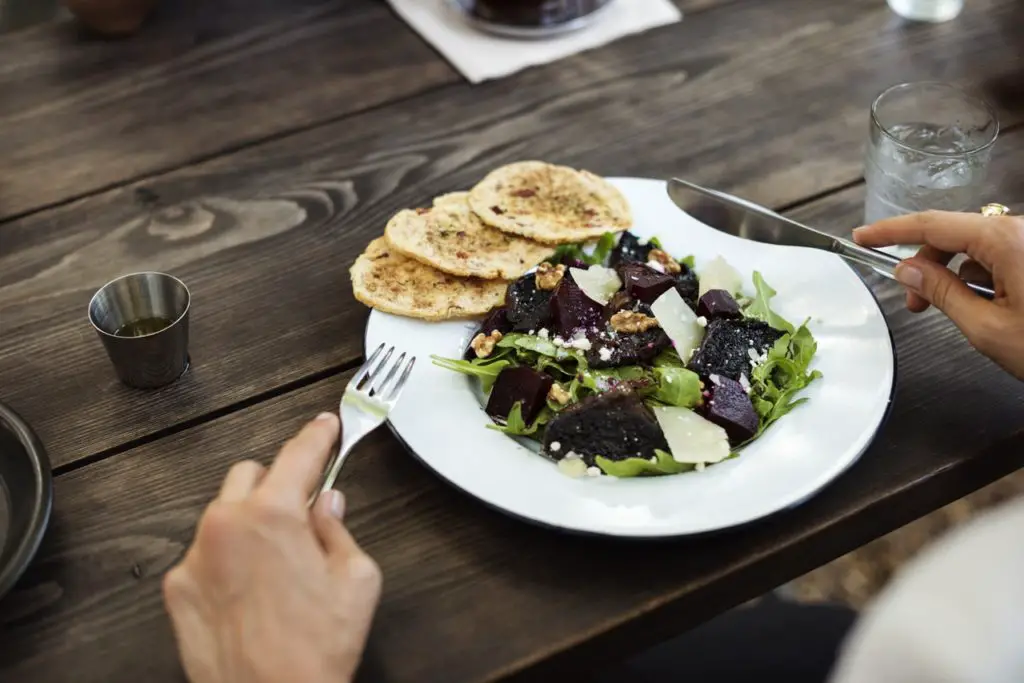
The ketogenic diet offers a couple of health benefits like improved and sustainable weight loss, better cognitive function, etc. here are some of the health benefits of the ketogenic diet.
Weight loss
The keto diet is well known for quick and efficient weight loss results. This is because it combines the power of carb restriction and ketone production to burn more fat, since it makes your body use fats as a source of energy.
Another reason why the keto diet works so well for weight loss is because it helps you eat less calories without even realising it. This is because being high in fats, it contains a lot of satiating foods. So you eat fewer calories and lose weight without feeling hungry
Lower blood sugar levels
The ketogenic diet also reduces blood sugar helps to reduce blood sugar levels naturally. Studies even prove that low carb and ketogenic diets are wonderful for maintaining healthy blood sugar levels.
This is due to the fact that you eat fewer carbs on the diet, thereby lowering your insulin and blood sugar levels. As a matter of fact, a lot of diabetics enjoy using the ketogenic diet as a way to manage their condition
Less hunger cravings
The ketogenic diet differs from a lot of other diets out there in many outstanding ways. One of them is the fact that you don’t battle with hunger cravings.
As stated earlier, the meals on keto are high in healthy, satiating fats and protein. In other words, you won’t need to worry about hunger cravings every now and then. You might even end up skipping meals without noticing.
This is also another reason why it’s easier to lose weight with the ketogenic diet. Considering the fact that you don’t have to battle hunger, which is one of the main obstacles to losing weight.
Better energy levels
In addition to less cravings, you are also not likely to feel drained or out of energy when you are doing keto right. But why is this?
Well, on a high carb diet, you experience energy spikes and crashes due to rising and falling insulin levels which happen in response to the glucose in food you eat.
But a low carb diet like keto, keeps your insulin and blood glucose levels in check, making you free from energy spikes and crashes.
In addition to that, fats have been proven to be a more efficient source of fuel to the body than carbohydrates, so you can expect to have more energy for longer.
Improved mental clarity
The keto diet provides you with better mental focus and improved mental clarity. This is due to the fact that your brain runs mainly on ketones, which improve mental clarity and function.
Other health benefits of being on keto include
- Better skin
- Improved heart health
- Battles epilepsy to a great extent
All in all, the keto diet has a lot of health benefits to enjoy when followed right
Macronutrients on the keto diet
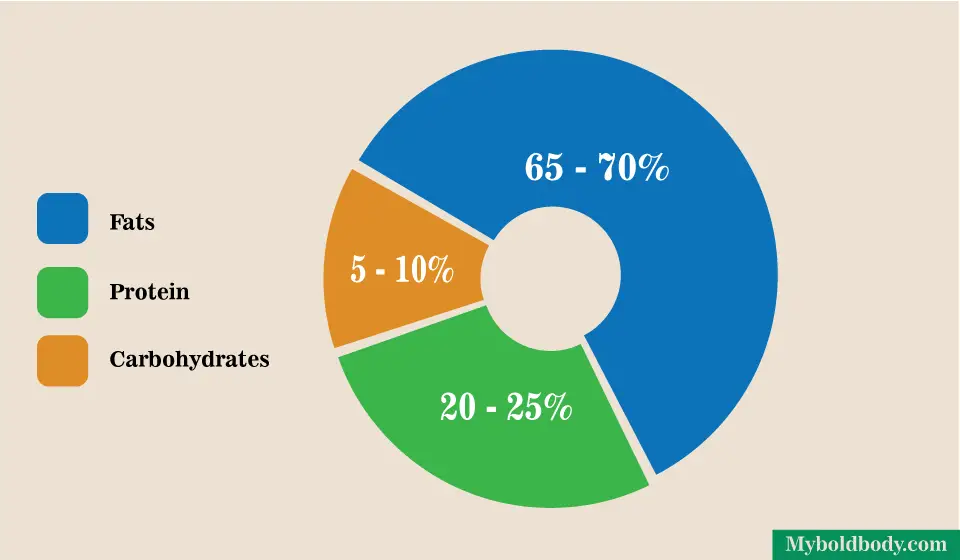
One thing that makes diets vary a lot are their macronutrient proportions.
Macronutrients are nutrients needed by the body in large quantities. In the world of eating and dieting, the quantity of these macronutrients determine how our body gets energy, deals with fat, insulin and hormones.
On the keto diet, there are 3 main macros that determine your macronutrient proportion.
- Carbohydrates
- Fats
- Protein
The keto diet is a low carb, high fat and moderate protein diet. Meaning majority of your daily calorie intake is from fats, then protein gets the second largest part of your calories while carbohydrates get the least.
To achieve and maintain the state of ketosis, you need to follow the macronutrient ratios. They are
- 65 – 70% fats
- 20 – 25% protein
- 5 – 10% carbohydrates.
The reason these percentages vary is because our individual caloric needs vary. Plus, the amount of each macronutrient also varies based on a number of factors. For more information, check out our guide on Your macronutrients on the keto diet
Figuring out your ideal macronutrient amounts
The values giving up above are in percentages, but you will need specific values in grams (g). A very good way to find out what your individual macronutrient intake should be on keto is by using a keto calculator.
A keto calculator shows you how much of each macronutrient you need to take daily to achieve and maintain ketosis based on factors like your gender, age, weight, activity levels etc.
Two keto calculators we recommend are the perfectketo keto calculator and the ruled.me keto calculator.
Types of keto
There are 3 main variations of the ketogenic diet
The Standard keto diet (SKD) – this is the average and most common variation of keto. It involves following the macronutrient proportions stated above
The Targeted keto diet (TKD) – this is similar to the standard keto diet. But it allows you to take some carbs before a workout
The Cyclical keto diet (CKD) – this is basically for athletes because it allows them to have high carb days to have enough glycogen to burn during activities
The standard keto diet is the most common and the best for a regular person. Regardless of the variation, the main aim on keto is to achieve and maintain a metabolic state called ketosis.
What is ketosis?
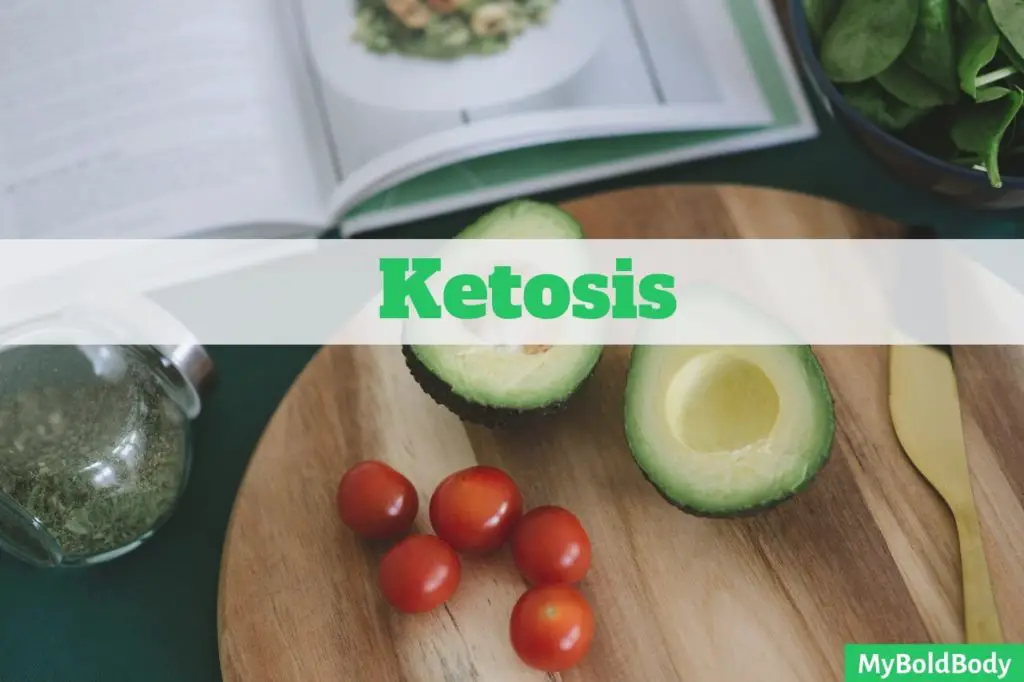
Ketosis is a metabolic state where your body burns fat for fuel and converts fats into ketone bodies for your brain to use. Ketones are gotten from the breakdown of fats in the body and are a source of energy when you are in ketosis.
The human body can utilise 2 major sources of energy
- Carbohydrates
- Fats
Carbs are converted into glucose while fats are converted into fatty acids and ketones. On keto, fats become your primary source of energy
The main goal when on the keto diet is to achieve and maintain this state of ketosis. Most of the health benefits of the diet happen when you are in ketosis.
To learn more about ketones and ketosis, check out this article.
How to enter ketosis
To enter ketosis, you need to lower your carbohydrate intake to a certain point where your body turns to its other fuel source alternative, which is fats.
By reducing your carbohydrate intake and increasing your intake of healthy fats, your body gets the signal and switches to utilizing these fats as a source of fuel.
This can be accomplished by following the standard keto macronutrient ratios, which are about 70% fats, 20 – 25% protein and 5 – 10 % fats. By keeping your carb intake low and your protein intake moderate, your body turns to fats for energy.
Basically, on the standard ketogenic diet, it represents taking less than 35g of net carbs per day. On keto, you’ll encounter 2 terminologies when it comes to describing carbohydrates. These are;
- Net carbs and
- Total carbs
Total carbs stand for the total carbohydrate content in a particular food or meal. Net carbs on the other hand, stands for the total carbs, but minus fiber. Generally, fiber is not readily digested by the body, so it contributes very little effect to ketosis.
Net carbs = total carbs – fiber
Adequate protein intake is also important to be able to enter and maintain ketosis because too little protein is bad will lead to muscle loss, among other issues and too much protein may affect your level of ketosis. So it’s important to keep it moderate.
Similarly, fasting or engaging in physical activity can help you transition into ketosis quicker.
Tips to note when entering ketosis
- Don’t be afraid of eating fats. Rather, focus on eating healthy fats
- Drink water. When entering ketosis, you will need a lot of it
- Try to engage in exercise. It can help you enter ketosis quicker
- Make sure you’re not overconsuming or under-consuming protein
- Watch your snacks. Make sure they are not putting you over your carb limit for the day
- Calculate your ideal macronutrient intake with a keto calculator
For more tips to get into ketosis, check out our complete guide on how to get into ketosis on the keto diet. Now, how do you know if you are in ketosis?
How to measure your level of ketosis
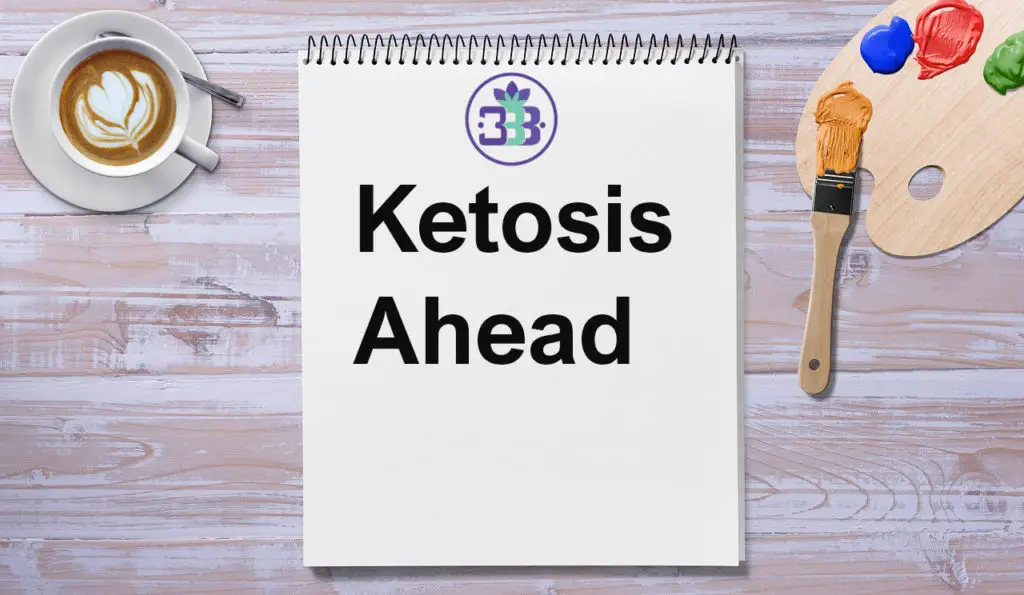
How do you know when you are in ketosis? Firstly, your body sends you some signs and signals. You may even begin to see some of the signs of ketosis or maybe even start experiencing some of the benefits.
One precise way to know if you’re in ketosis is to measure the amount of ketones in your body or the amount your body is producing.
This can be accomplished mainly through 3 main methods
- Breath testing – when you are in ketosis, your breath will contain a particular ketone. You can use an instrument called a breathalyser to measure the amount of that ketone in your breath to determine if you are in ketosis or not
- Urine testing – this is the second method to know if you are in ketosis. It involves using a ketone urine strip to measure the amount of ketones removed through your urine.
- Blood testing – this is the third method you can use to measure your ketone levels. With blood testing, you measure the amount of ketones directly in your bloodstream using a blood ketone meter.
For more information on how to measure ketosis and to know which method will work best for you, check out our guide on how to measure ketosis.
What to eat on the keto diet
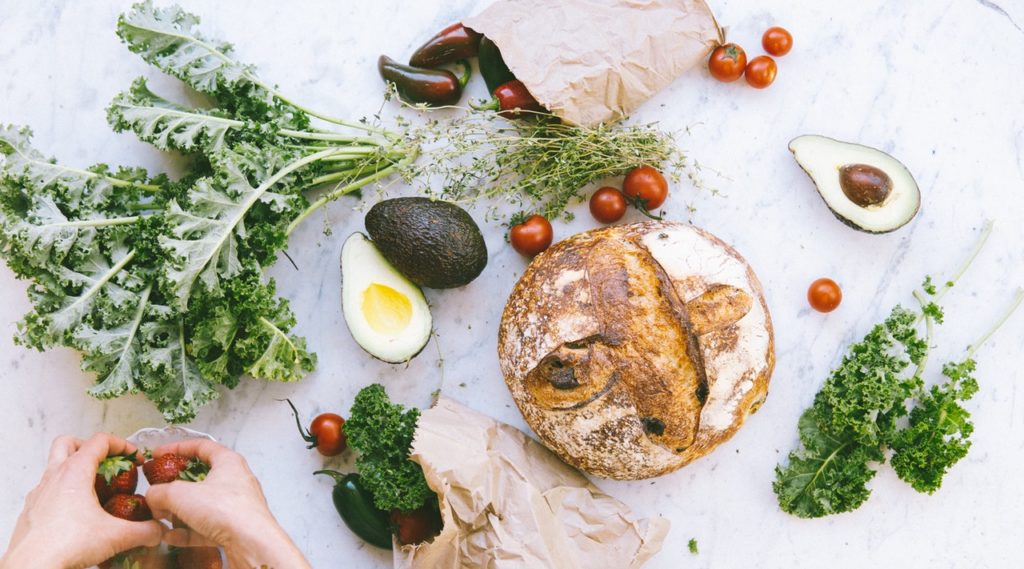
The foods you eat on any diet is essential to success on the diet. On keto, you need to eat foods that are “keto friendly” and avoid foods that are not keto friendly.
Simply put, keto friendly foods are foods you can eat in your meals and remain in ketosis.
There are hundreds of keto friendly foods to eat. This is just a brief summary. Click here to see our full keto food list.
Foods to eat
- Meat
- Eggs
- Fish
- Shellfish
- Nuts and seeds
- Leafy green vegetables
- High fat dairy
- Avocados
- Healthy Fats and oils
Foods to avoid
- sugary foods – donuts, maple syrup
- grains – rice, wheat , corn
- most fruits – bananas, oranges
- root vegetables – potatoes, carrots
- low fat products
- unhealthy fats – mayonnaise
What to drink
- Water (obviously)
- Coffee
- Unsweetened tea
- Some alcohol – dry wine, Tequila, whiskey, vodka
- lemon juice
One thing to note when you eat foods on keto is your carb limit. Your carb limit is the maximum number of carbs you are allowed to take on keto. Going over your carb limit will kick you out of ketosis.
If you are following the general carb limit of 35g net carbs, then your total intake of food and drinks should not exceed 35g net carbs or else it will affect ketosis.
Check out some of our delicious keto recipes to help you out. You can also try out our free 3 day keto meal plan to give you a taste of the delicious keto lifestyle.
Are there side effects to keto?
A question you’re probably asking by now. Are there side effects to using the ketogenic diet? Does a diet that promise healthy, efficient weight loss, better energy and more have any side effects?
Yes. Can they be solved? Yes-er. But first you need to understand what happens to your body on the keto diet?
What happens to your body on keto?
On keto, your metabolism shifts from using glucose gotten from carbs as a primary energy source to using ketones gotten from fats. This transition makes the body go through certain phases.
If you are just getting started with keto, then your body is probably still used to burning glucose for fuel. When you switch to the ketogenic diet, your carbohydrate intake drops so that your body can switch to utilizing the readily available and abundant fats for fuel.
During the first few days where your body isn’t receiving its regular expected quantity of carbs, it is going to gear up and get ready to switch to fat burning. But before the gear up, you are likely to experience something known as “the keto flu”
The keto flu

When first starting out on keto, your body is going to go into a transition phase where it switches energy sources.
Your carb intake will be reduced and your body won’t get the usual amount of carbs it was expecting. When this happens, your body will first use up its glucose and glycogen stores before it turns to fats.
During the glucose and glycogen depletion stage, water and electrolytes such as sodium, magnesium and potassium will be lost in the process.
This can lead you to experience certain flu like symptoms. These symptoms are known as the “keto flu” although it’s not an actual flu. Here are some of the symptoms you are likely to experience
Common symptoms and the solution
- headache
- dizziness
- low performance
- dehydration
- mental fogginess
- cramps
When this happens, you don’t need to panic. It’s only your body trying to transition into fat burning mode and it should only last a few days. Once you are in ketosis, you won’t experience any keto flu symptoms as your body has finished transitioning.
Even at that, there are still steps you can take to help your body transition smoother, easier and quicker and possibly avoid the keto flu.
Here are some steps you can take to alleviate and possibly avoid the keto flu
- take MCT oils – they make fat adaptation easier and quicker
- Drink lots of water – to deal with and prevent dehydration and dizziness
- Take more electrolytes (sodium, potassium, magnesium) – to replenish the ones lost during the transition and deal with headache, mental fogginess and others.
- Engage in low intensity exercises
- Avoid stress and get adequate sleep
Stay motivated. The keto flu is a small phase before the big benefits you’ll enjoy on the ketogenic diet. And with the right approach, you can deal with it and even possibly avoid it entirely.
To find out more, check out our article on the keto flu and how to beat it.
How to start the keto diet – extra tips to note
- Define your macros and stick with them. A keto calculator is a good way to determine how much of each macronutrient you should be taking. Sticking with them is a good way to ensure success on the keto diet
- Focus on whole and healthy foods. They are the best types of foods to eat
- When starting out, don’t lack electrolytes. As you switch from high carb to keto you will need to replenish your electrolytes.
- Be careful around processed foods termed “low carb”. They are usually higher in carbs. rather stick to whole natural foods
- Prepare for the keto flu and stay motivated. When first starting out, you might encounter the keto flu. It will only last a few days. But with the right steps it can be handled and possibly avoided
- Measure your ketone levels. It’s a good way to know if you are in ketosis or not.
- Stay motivated.
Recommended resources to help you succeed easily with keto
The keto diet might seem confusing and overwhelming at times, even for beginners and fellow keto followers alike. Our goal is to make the keto way of life as simple, easy and fun as possible for everyone.
Regardless, here are some of the best resources to help you succeed easily with the ketogenic diet
Cookbooks – keto in 5
You don’t need to be a pro to enjoy delicious keto meals. The keto in 5 cookbook by tasteaholics gives you 120 delicious keto recipes (breakfast, lunch, dinner and dessert.
Each recipe needs only 5 ingredients, 5 simple steps to prepare and has a maximum of 5g net carbs.
Meal plans – the keto bundle
The keto bundle by keto nutritionist, Leanne vogel is perfect for beginners. It has a 60 day meal plan which contains 2 of her best-selling programs (the keto beginning and fat fuelled).
With over 200 recipes to help you easily and effortlessly adapt to the keto lifestyle from a beginner to a fat burning machine.
Supplements & other keto tools – Perfect keto

During your keto journey, you may need certain things to help you along the way like electrolyte supplements, MCT oil, keto coffee, etc. We recommend perfect keto for the the best keto supplements and other keto add ons you might need.
With these resources, you are sure to have an easier, and more successful keto journey.
Did you enjoy this guide? Feel free to share the keto goodness with your friends. Still have questions on how to start the keto diet? Let us know down below in the comments.
For more keto tips, check out our blog and sign up to our newsletter so you don’t miss anything.
References
- The ketogenic diet – Wikipedia
- Keto diet and appetite suppression – NCBI
- Keto diets and physical and mental performance – NCBI
- Ketones, more efficient source of energy – NCBI
- Low carb vs low fat diets studies – Healthline
- Successful treatment of obesity and insulin resistance via the keto diet – NCBI
- Ketogenic diet vs low fat diet in treating obesity – NCBI
- Digestion and absorption of fiber carbohydrate in the colon – NCBI
- Low carb nutrition and metabolism – AJCN
- Health benefits of low carb and keto diets – Healthline
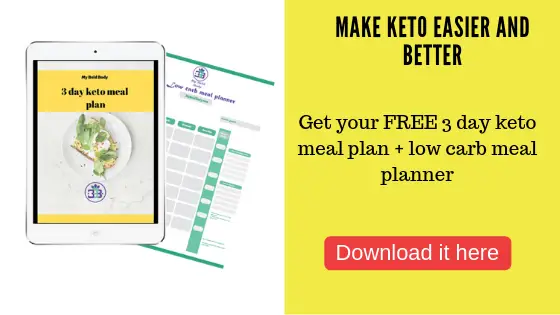
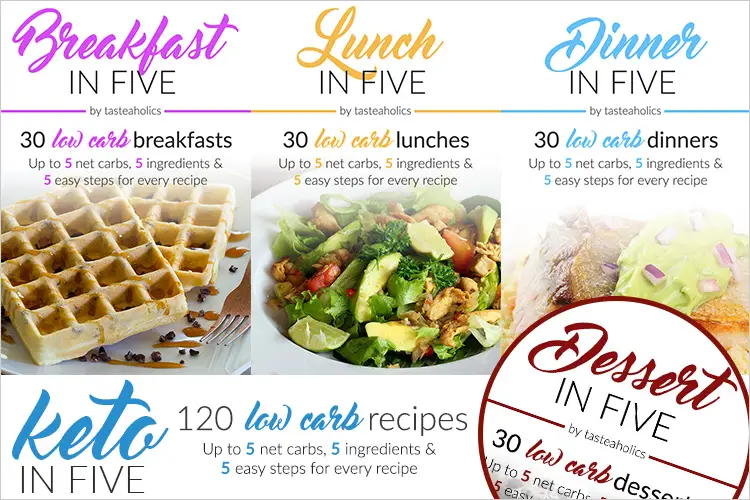
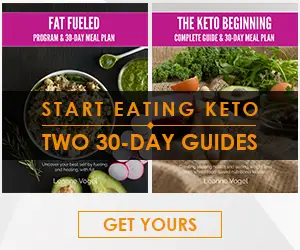

Thanks a million 🙂